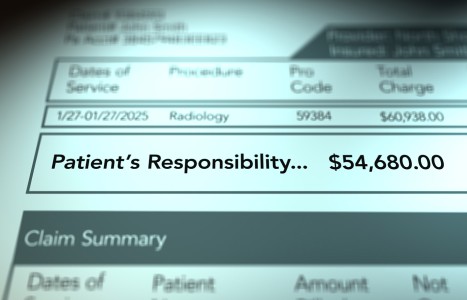On Oct. 21, 2025, a judge in Florida issued a groundbreaking decision in Complete Care v State Farm, 25-CA-1063. It concerns a fact pattern that many chiropractic doctors have faced wherein an insurer, such as State Farm or Allstate, decides to simply stop paying all claims submitted by a healthcare provider.
| Digital ExclusiveChiropractic Presence at Institute of Medicine's CAM Committee Meeting
On Sept. 21-23, the University of California, Irvine played host to the fourth meeting of the Institute of Medicine's Committee on the Use of Complementary and Alternative Medicine by the American Public (CUCAMAP), and chiropractic was there, ensuring that the profession's concerns were addressed and helping guide the direction of the committee. In fact, on Monday, Sept. 22, with the meeting open to the public, several members of the chiropractic profession participated in a series of panel discussions, addressing topics such as integrative approaches to care, cancer treatment centers, and the effects of licensure on individual CAM therapies.
Chiropractic participants in the latest CUCAMAP meeting included:
- Kurt Hegetschweiler, DC - American Specialty Health
- William Lauretti, DC - liaison, American Chiropractic Association
- Matthew McCoy, DC - liaison, World Chiropractic Alliance
- Martha O'Connor, PhD - liaison, Council on Chiropractic Education
- Reed Phillips, DC - liaison, American Academy of Chiropractic Physicians
- Arnold Sandlow, DC - liaison, American Academy of Pain Management
The CUCAMAP was created in October 2002 by the IOM in response to the increasing use of complementary and alternative medicine in the U.S. The project is funded by 16 institutes and centers of the National Institutes of Health and the Agency for Healthcare Research and Quality. Its mission is to explore scientific, policy and practice questions that arise from the increased use of CAM.
Specifically, the committee has been charged with three tasks:
- Describing the use of CAM by the American public, providing an overview of the therapies currently in widespread use; the populations that use such therapies; and what is known about how CAM therapies are provided.
- Identifying major scientific, policy and practice issues related to CAM research, and how to translate validated therapies into conventional practice.
- Developing models or frameworks that will guide public and private decision-making as it pertains to research on CAM.
The CUCAMAP is scheduled to hold two more meetings before completing its assignment. Both meetings will be held in Washington, D.C., in December 2003 and February 2004, respectively. After analyzing the information gleaned from the meetings and hearing testimony from various CAM providers, the committee will release a final report, scheduled for publication in June or July 2004. For more information, visit www.iom.edu/cam.


